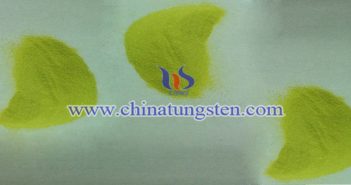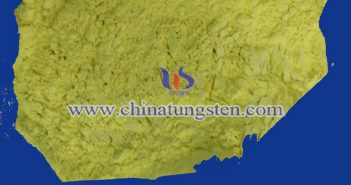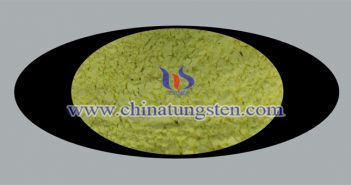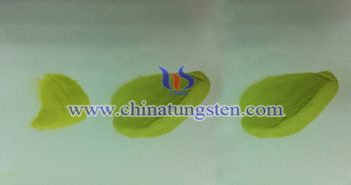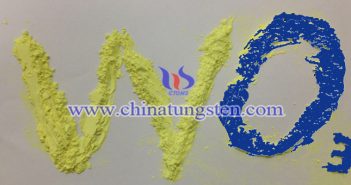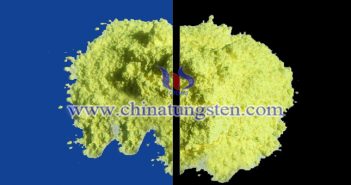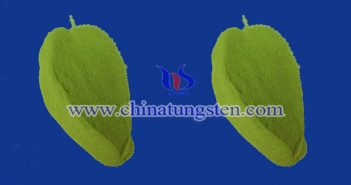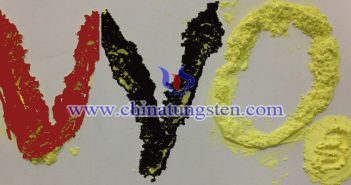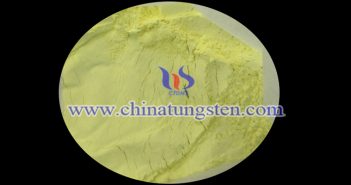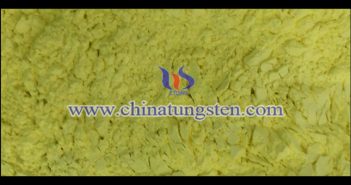
Tungsten oxide powder may be used for producing thermal insulation dispersion, and therefore be applied in the preparation process of ceramic slurry to play the role of wetting, grinding, dilution and stabilization. Certainly, such tungsten oxide dispersion plays an important role in improving the performance of ceramic products and reducing production costs. Tungsten Oxide Ceramic Dispersion Functions Dispersion refers to a surfactant that can rapidly wet the surface of solid particles and increase the energy barrier between solid particles to…

